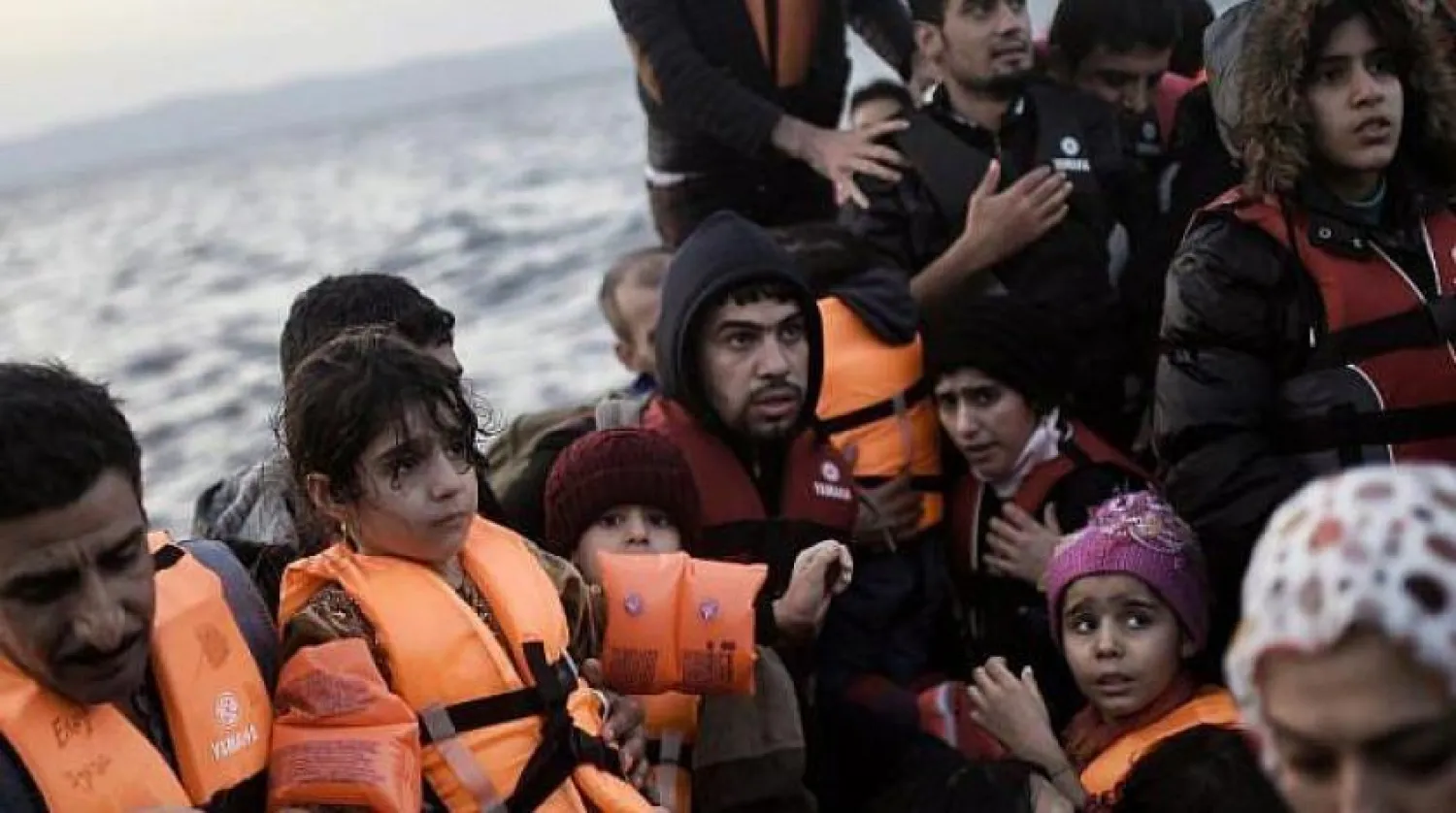Volodymyr Zelensky is due to meet President Donald Trump in Florida this weekend, but Russia accused the Ukrainian president and his EU backers Friday of seeking to "torpedo" a US-brokered plan to stop the fighting.
Sunday's meeting to discuss new peace proposals comes as Trump intensifies efforts to end Europe's worst conflict since World War II, one that has killed tens of thousands since February 2022, AFP said.
The 20-point plan would freeze the war on its current front line but open the door for Ukraine to pull back troops from the east, where demilitarized buffer zones could be created, according to details revealed by Zelensky this week.
Ahead of the talks, AFP journalists reported several powerful explosions in Kyiv on Saturday, and authorities warned of a possible missile attack.
“Explosions in the capital. Air defense forces are operating. Stay in shelters!" Kyiv's mayor Vitali Klitschko said on Telegram.
Ukraine's air force announced a countrywide air alert and said drones and missiles were moving over several regions including Kyiv.
Zelensky's office said earlier that a meeting with Trump is planned for Sunday in Florida, where the US leader has a home.
Trump, speaking to news outlet Politico, said about Zelensky's plan that "he doesn't have anything until I approve it", adding: "So we'll see what he's got."
Zelensky meanwhile said he held telephone talks on Friday with NATO Secretary General Mark Rutte, Germany's Chancellor Friedrich Merz and a host of other European leaders.
A spokesperson for Britain's Prime Minister Keir Starmer said the leaders "reiterated their unshakeable commitment for a just and lasting peace for Ukraine and the importance that talks continue to progress towards this in the coming days".
Security guarantees
The new plan formulated with Ukraine's input is Kyiv's most explicit acknowledgement yet of possible territorial concessions and is very different from an initial 28-point proposal tabled by Washington last month that adhered to many of Russia's core demands.
Part of the plan includes separate US-Ukraine bilateral agreements on security guarantees, reconstruction and the economy. Zelensky said those were changing on a daily basis.
"We will discuss these documents, security guarantees," he said of Sunday's meeting.
"As for sensitive issues, we will discuss (the eastern region of) Donbas and the Zaporizhzhia nuclear power plant, and we will certainly discuss other issues," he added.
Russia signaled its opposition to the plan ahead of the Florida talks.
The Kremlin said Friday that foreign policy aide Yuri Ushakov had held telephone talks with US officials, and deputy foreign minister Sergei Ryabkov criticized Zelensky's stance.
Russia accuses EU
"Our ability to make the final push and reach an agreement will depend on our own work and the political will of the other party," Ryabkov said on Russian television.
"Especially in a context where Kyiv and its sponsors -- notably within the European Union, who are not in favor of an agreement -- have stepped up efforts to torpedo it."
He said the proposal drawn up with Zelensky input "differs radically" from points initially drawn up by US and Russian officials in contacts this month.
He said any deal had to "remain within the limits" fixed by Trump and Russia's President Vladimir Putin when they met in Alaska in August, or else "no accord can be reached".
Zelensky said this week there were still disagreements between Kyiv and Washington over the two core issues of territory and the status of the Zaporizhzhia plant.
Washington has pushed Ukraine to withdraw from the 20 percent of the eastern Donetsk region that it still controls -- Russia's main territorial demand.
It has also proposed joint US-Ukrainian-Russian control of Zaporizhzhia, Europe's largest nuclear plant, which Russia seized during the invasion.
Zelensky said he could only give up more land if the Ukrainian people agree to it in a referendum, and he does not want Russian participation in the nuclear plant.
But Moscow has shown little inclination to abandon its hardline territorial demands that Ukraine fully withdraw from Donbas and end efforts to join NATO.
Zelensky said Ukrainian negotiators were not directly in touch with Moscow, but that the United States acted as intermediary and was awaiting Russia's response to the latest proposal.
"I think we will know their official response in the coming days," Zelensky said.
"Russia is always looking for reasons not to agree," he added.









